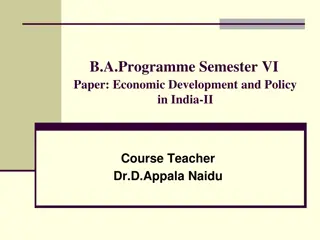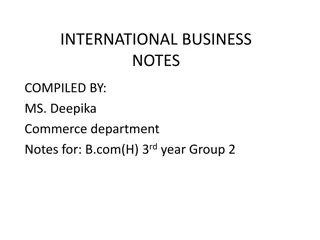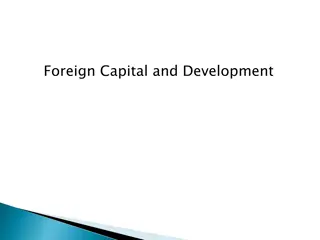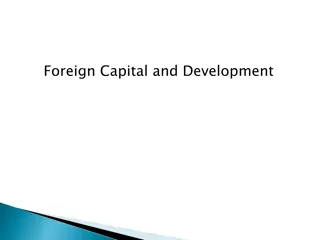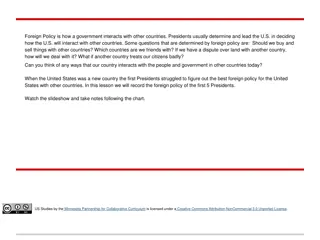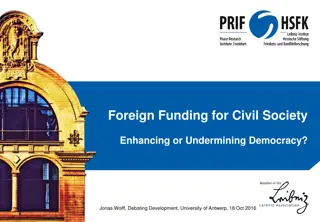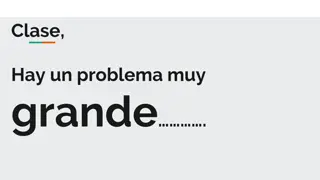The Impact of Foreign Language on Decision-Making Behavior
This research explores how bilingualism affects decision-making by analyzing the behavior of English-Chinese bilinguals in scenarios involving the sunk-cost fallacy. It reveals that reasoning in a foreign language can lead to more rational decisions than in a native language. The study presents various decision-making dilemmas, such as the Asian Disease Problem, to demonstrate the influence of language on cognitive processes and biases like the framing effect and sunk-cost fallacy.
Download Presentation

Please find below an Image/Link to download the presentation.
The content on the website is provided AS IS for your information and personal use only. It may not be sold, licensed, or shared on other websites without obtaining consent from the author.If you encounter any issues during the download, it is possible that the publisher has removed the file from their server.
You are allowed to download the files provided on this website for personal or commercial use, subject to the condition that they are used lawfully. All files are the property of their respective owners.
The content on the website is provided AS IS for your information and personal use only. It may not be sold, licensed, or shared on other websites without obtaining consent from the author.
E N D
Presentation Transcript
The Foreign Language Effect on The Sunk-Cost Fallacy with English-Chinese Bilinguals Shiny Choi
The Foreign Language Effect People tend to make more rational decisions When they reason in a foreign language than in a native language
The Framing Effect!! Half-full?? Half-Empty??
Asian Disease Problem Gain Expected Values Recently, a dangerous new disease has been going around. Without medicine, exactly 600,000 people will die from it. In order to save these people, two types of medicine are being made. If you choose Medicine A, exactly 200,000 people will be saved. If you choose Medicine B, there is a 33.3% chance that exactly 600,000 people will be saved and a 66.6% chance that no one will be saved. Which medicine would you choose? A? B? Medicine A = 100% X 200,000 = 200,000 Medicine B = 33.3% X 600,000 + 66.6% X 0 = 200,000
Asian Disease Problem Loss Expected Values Recently, a dangerous new disease has been going around. Without medicine, 600,000 people will die from it. In order to save these people, two types of medicine are being made. If you choose Medicine A, exactly 400,000 people will die. If you choose Medicine B, there is a 33.3% chance that no one will die and a 66.6% chance that exactly 600,000 people will die. Which medicine do you choose? A? B? Medicine A = 100% X 400,000 = 400,000 Medicine B = 33.3% X 0 + 66.6% X 600,000 = 400,000
Why? gain loss >
The Sunk-Cost Fallacy A Sunk Cost : a cost that has already been paid and cannot be recovered Sunk Cost Bias/Effect/Fallacy : People find it hard to abandon their past investment and Continue investing although the past investment does not influence on the future outcome
The Sunk-Cost Scenario Invest No-Invest As the president of an airline company, you have invested 10 million dollars of the company s money into a research project. The purpose was to build a plane that would not be detected by conventional radar, in other words, a radar-blank plane. When the project is 90% completed, another firm begins marketing a plane that cannot be detected by radar. Also, it is apparent that their plane is much faster and far more economical than the plane your company is building. The question is: should you invest the last 10% of the research funds to finish your radar-blank plane? Yes As president of an airline company, you have received a suggestion from one of your employees. The suggestion is to use the last 1 million dollars of your research funds to develop a plane that would not be detected by conventional radar, in other words, a radar-blank plane. However, another firm has just begun marketing a plane that cannot be detected by radar. Also, it is apparent that their plane is much faster and far more economical than the plane your company could build. The question is: should you invest the last million dollars of your research funds to build the radar-blank plane proposed by your employee? Yes No No
Hypothesis 1: When using a second language, participants will be less affected by the framing effect (Gain Vs. Loss) than when they use their native language, and show a more even distribution of decisions. Hypothesis 2: When using a second language, participants will be less affected by the sunk cost effect (Investment Vs. No Investment) than when they use their native language, and show a more even distribution of decisions.
Participants 82 native-Chinese speakers were recruited from Carleton College and St. Olaf College 52 from Carleton (36 women, 16 men) 30 from St. Olaf (18 women, 12 men) 2 participants were excluded Average score for English fluency level was 7.5 (1-10) Received $2 per person as compensation Experiment took approx. 15 min
Back to Back Translation English Chinese English
Set 3 Set 4 Set 1 Set 2 10 participants 6 female 4 male English Gain version No-invest version 10 participants 7 female 3 male English Loss version Invest version 10 participants 5 female 5 male English Gain version Invest version 10 participants 4 female 6 male English Loss version No-invest version Set 7 Set 8 Set 5 Set 6 10 participants 8 female 2 male Chinese Gain version No-invest version 10 participants 7 female 3 male Chinese Loss version Invest version 10 participants 7 female 3 male Chinese Gain version Invest version 10 participants 8 female 2 male Chinese Loss version No-invest version Table 1. The composition of each handout
Results & Discussion
Hypothesis 1 The foreign language effect was successfully replicated in the present study: The framing effect was reduced when the problem was presented in the foreign language, which is consistent with the conclusion reached by Keysar et al. (2012)
Hypothesis 2 No significant difference was found between the decisions made in the native language and the foreign language; People wanted to continue their investment on top of the past investment. The foreign language effect was not present
Conclusions & Future study
Conclusions Future Study The present study supports the theory that using a foreign language reduces the cognitive bias coming from the framing effect during decision-making processes More research on the foreign language effect on the sunk cost bias With different languages With different scenarios The present experiment did not find that the foreign language effect helps people to be less influenced by their past investment, sunk costs, when making decisions Because only once done More quantity needed to be valid





